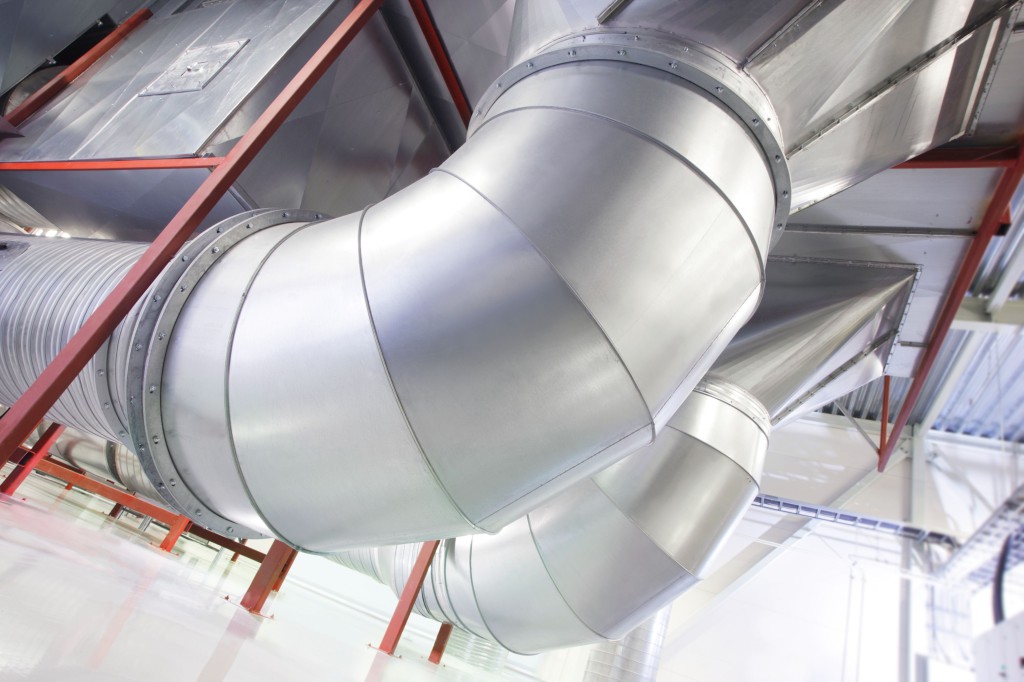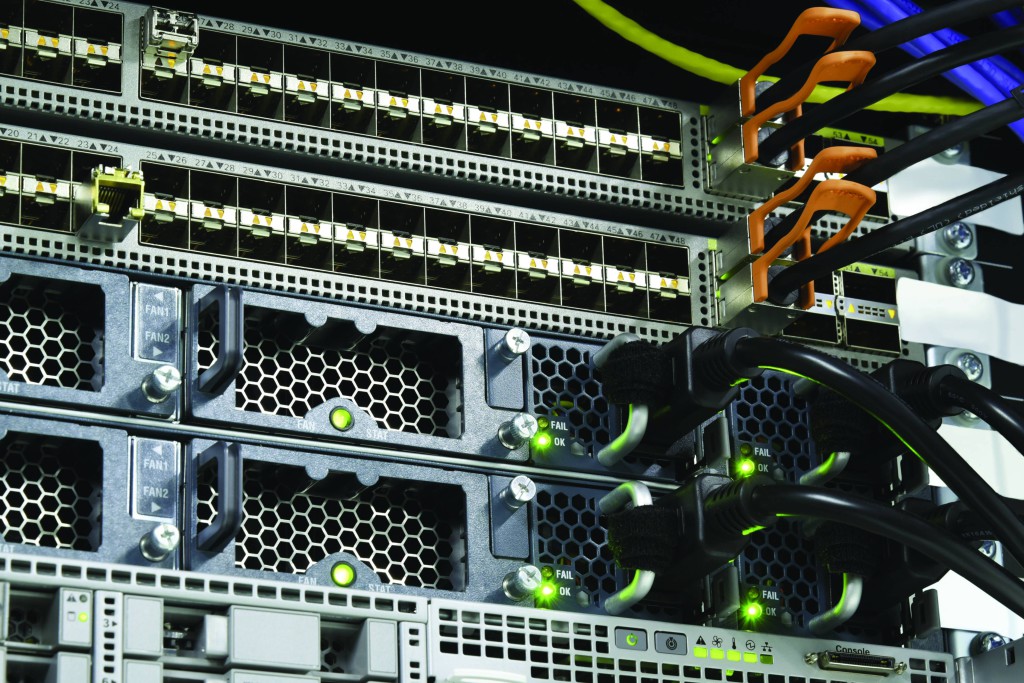The secret weapon in the battle against harmonics in buildings

ABB’s Carl Turbitt explains how ultra-low harmonic (ULH) drives can be the secret weapon in mitigating harmonic issues – without compromising on efficiency.
Harmonics are more than just a nuisance on the power grid, they can damage equipment
and affect operations. Yet the prevalence of harmonics, as well as the risks they can pose for critical systems, are not widely understood in the buildings industry.
As someone who deals with variable speed drives for a living, harmonics are something I find myself talking about almost every day. Yet I often find that across the building sector, electrical harmonics are not all that widely understood or taken seriously. The problem is that the symptoms of harmonics – be they flickering lights or overheating cables – can often be attributed to any number of different causes. For workers or residents in a building who have no knowledge of harmonics, the problem will often be diagnosed as “dodgy electrics”. However, while harmonics are not always the cause, if a building is experiencing persistent electrical problems, then harmonics will generally be among the most likely culprits.
Harmonics are a form of pollution or noise on the electrical network. They’re caused by the introduction of non-linear loads to an electrical system. Non-linear loads are basically anything that switches, including switched-mode power supplies, LED lighting, photocopiers, computers and televisions. It also includes solar inverters, EV chargers and even variable speed drives. In small amounts, harmonics are of little concern. However, for critical applications such as hospital operating theatres, data centres or airports, they can have serious consequences if left unchecked. With more and more non-linear loads being plugged in each and every day, and particularly higher power loads such as EV chargers and solar PV, this increases the likelihood of harmonic disruption.
What are harmonics?
For an electrical grid operating in ideal conditions, the current is a pure sine wave, and in theory contains zero harmonics. In reality, all electrical grids will have at least some level of background harmonic distortion present. If the supply of power is of sufficiently good quality, then these background harmonics will rarely be enough to cause any real problems. However, when you start introducing more and more non-linear loads into the grid, the amount of harmonics in the system accumulates, and the voltage and current deviate further from the pure sine wave.
Non-linear loads draw current in a periodic, non-sinusoidal manner, which multiplies the harmonics as they flow through the system and exacerbates their effects. Harmonics affect system efficiency and lead to increased losses, but they can also cause all sorts of other issues throughout your electrical network. These issues can range from ‘mildly annoying’ to ‘potentially catastrophic’. Harmonics can cause interference with communications equipment, and cause measurement devices to give false readings. It can also lead to spurious circuit breaker and power factor protection device trips, as well as blown fuses. At the more severe end of the scale, harmonics can cause motors, transformers, cables and conductors to overheat and fail, or render generators unstable.
How to stop harmonics at the source

There are several ways to mitigate the effects of harmonics. Passive or Active external harmonic filters can be used, but these come with their own challenges and may not achieve an appropriate level of mitigation. External filters can also end up acting as a single point of failure that affects several systems at once in the event of a fault. Multi-pulse drives are another option. These use a 12-pulse unit to eliminate lower order harmonics, such as the 5th and the 7th.
Transformers may be added to the supply, or existing transformers changed for ones with lower impedance or a greater size. However, as well as being expensive, this option adds additional layers of complexity to installations. It can also affect system efficiency. In any case, while these mitigations will reduce the effects of harmonics, they will only ever tackle the symptoms of harmonics already in the system rather than addressing their root causes.
New developments in variable speed drive technology have essentially made drives the secret weapon in the battle against harmonics in buildings. A conventional rectifier with no harmonic mitigation can have a total harmonic current distortion (THDi) of around 95-120%. A rectifier with a DC choke has 30-40% THDi. Active front end (AFE) drives, also known as Ultra-Low Harmonic (ULH) drives, can instead be used to prevent these harmonics from being generated in the first place, resulting in a THDi of just 3% – a reduction of around 90% compared to no mitigation.
AFE/ULH drives use IGBTs instead of diodes in the rectifier circuit, with an active supply unit and integrated line filter. This allows the drive to draw nearly pure sinusoidal current, while an inbuilt LCL (inductor-capacitor- inductor) filter helps to remove any high-frequency noise created by the IGBT switching. AFE drives also have the ability to boost output voltage during low-line conditions and can provide regenerative braking.
In this sense, ULH drives are actually quite unique, as no other commonly used switching device today has any form of inbuilt harmonic mitigation. It eliminates the need for bulky external filters, extra cooling and additional test points, which in turn reduces the complexity and cost of installation and maintenance. If cost is an issue, then there’s no need to replace everything at once – if there’s a critical application you’re looking to protect then fitting a single AFE drive on that application will immediately reduce harmonics in and around it. While tackling the wider issue of harmonics across a whole building will take more than one drive, each one installed will help to make the power grid more resilient.
This is particularly valuable against the wider backdrop of decarbonisation. Renewable energy sources such as solar PV and wind are intermittent, requiring a constant balancing act to keep the grid stable and secure. Indeed, DNOs can issue fines to organisations that are polluting the grid with too much harmonics, although in practice these will usually be reserved for heavy industrial facilities running highly energy intensive processes. Even so, the more that we can help to build resilience into the grid, the easier the transition becomes towards achieving a low or zero carbon society.







